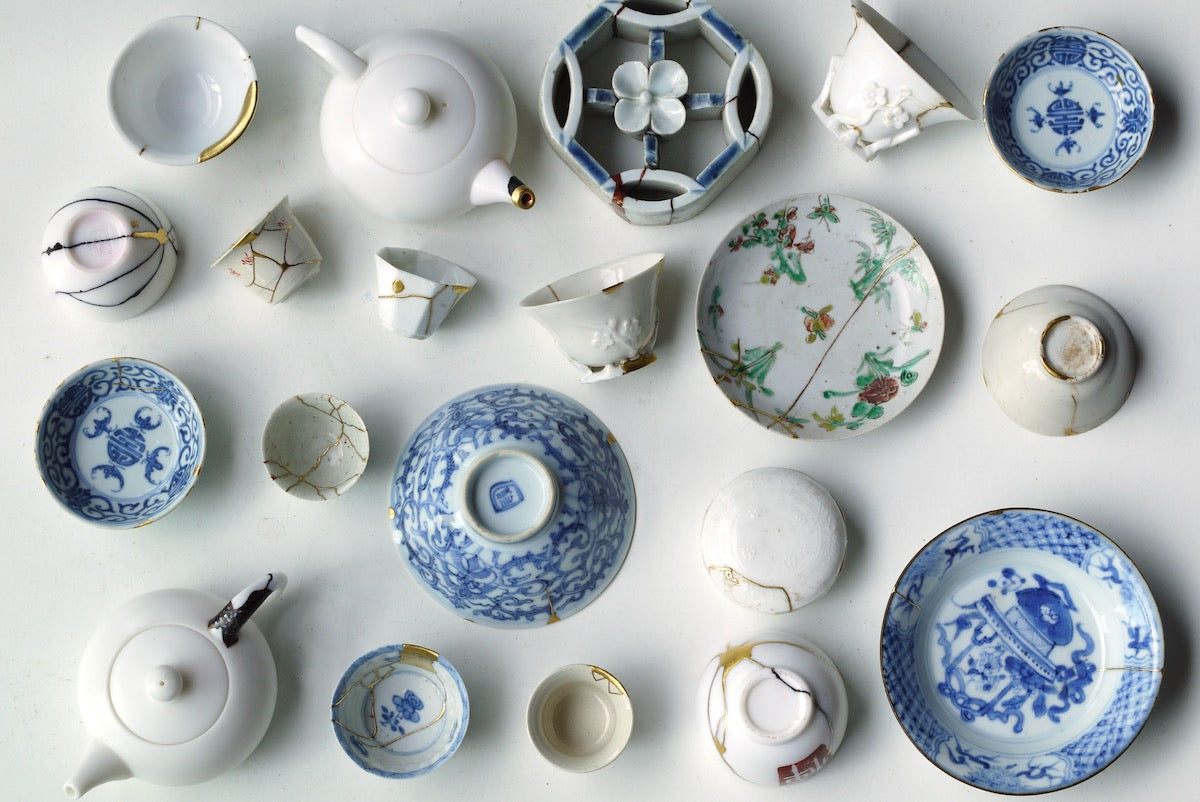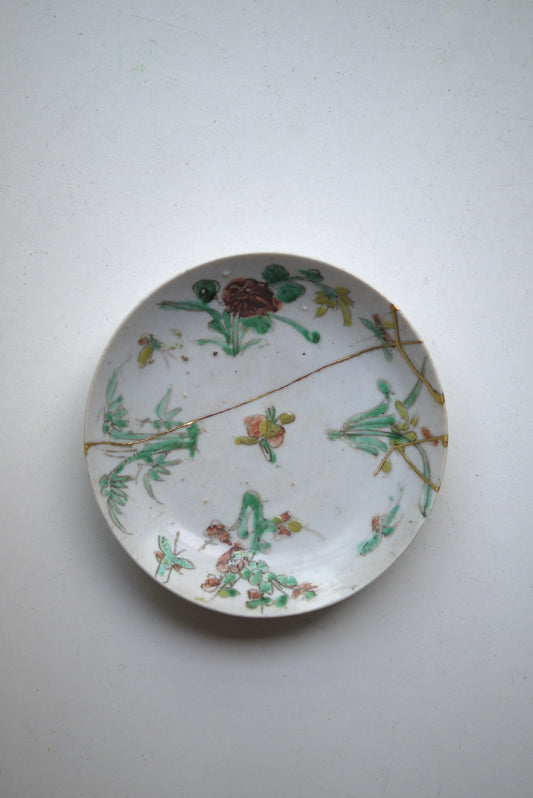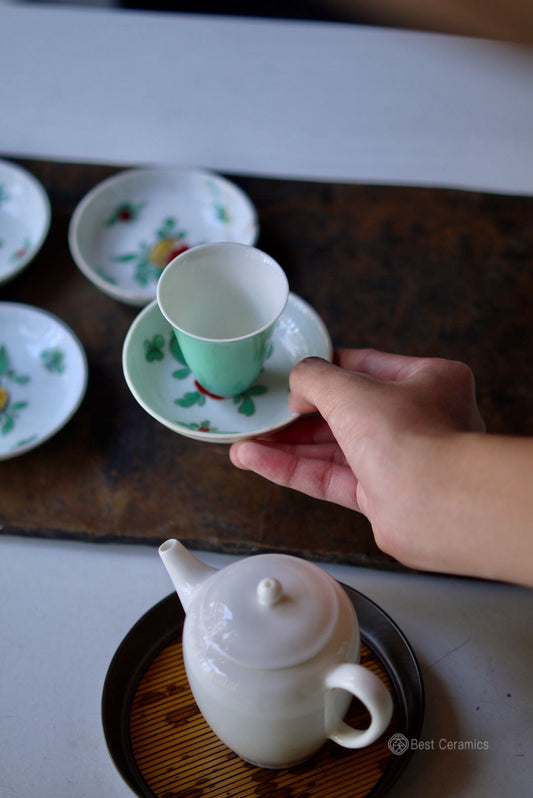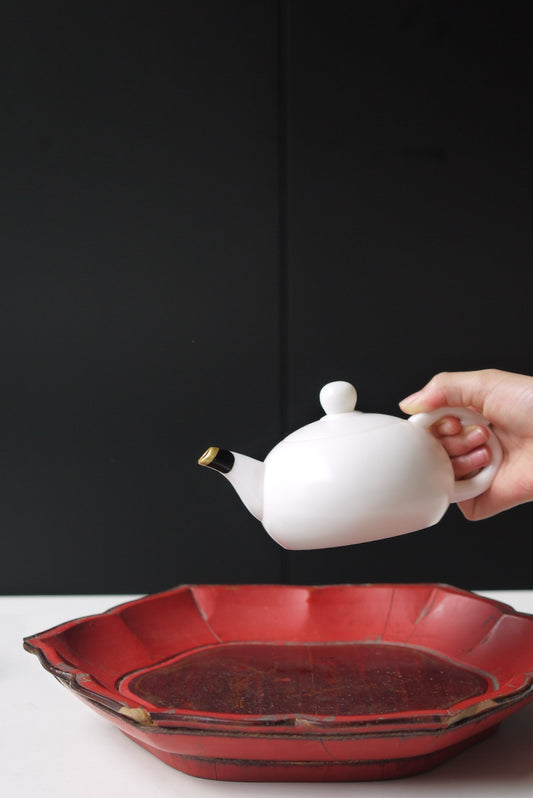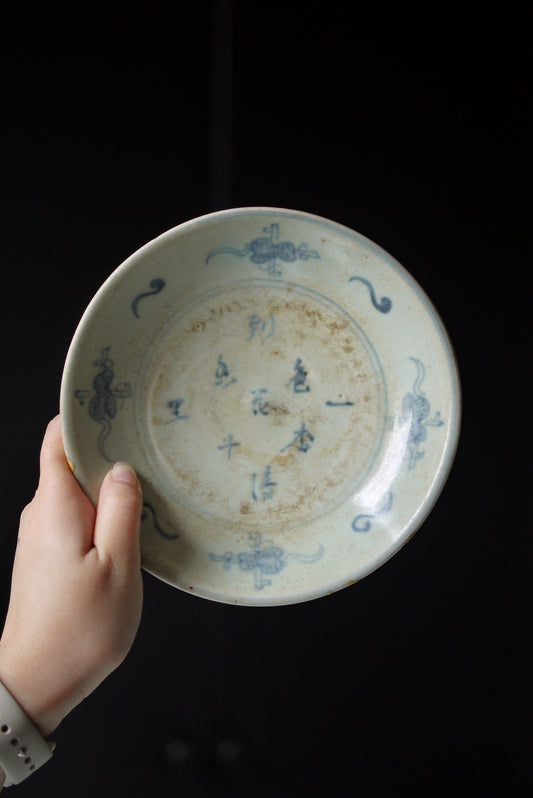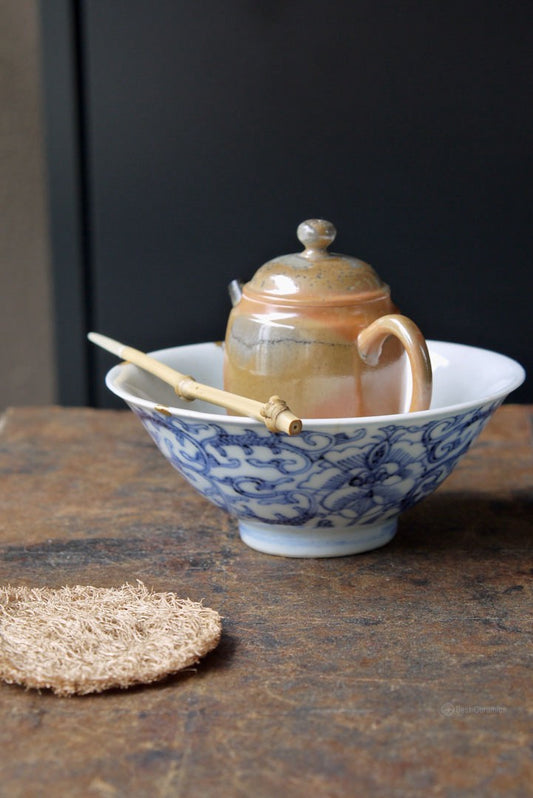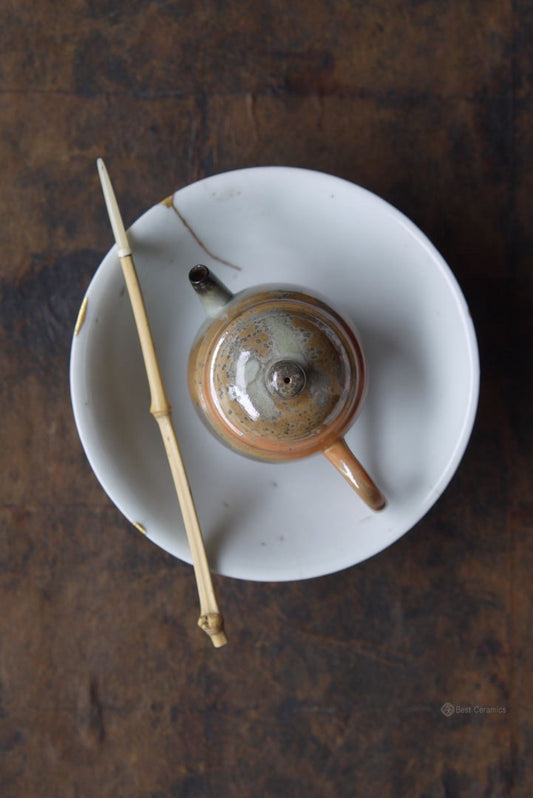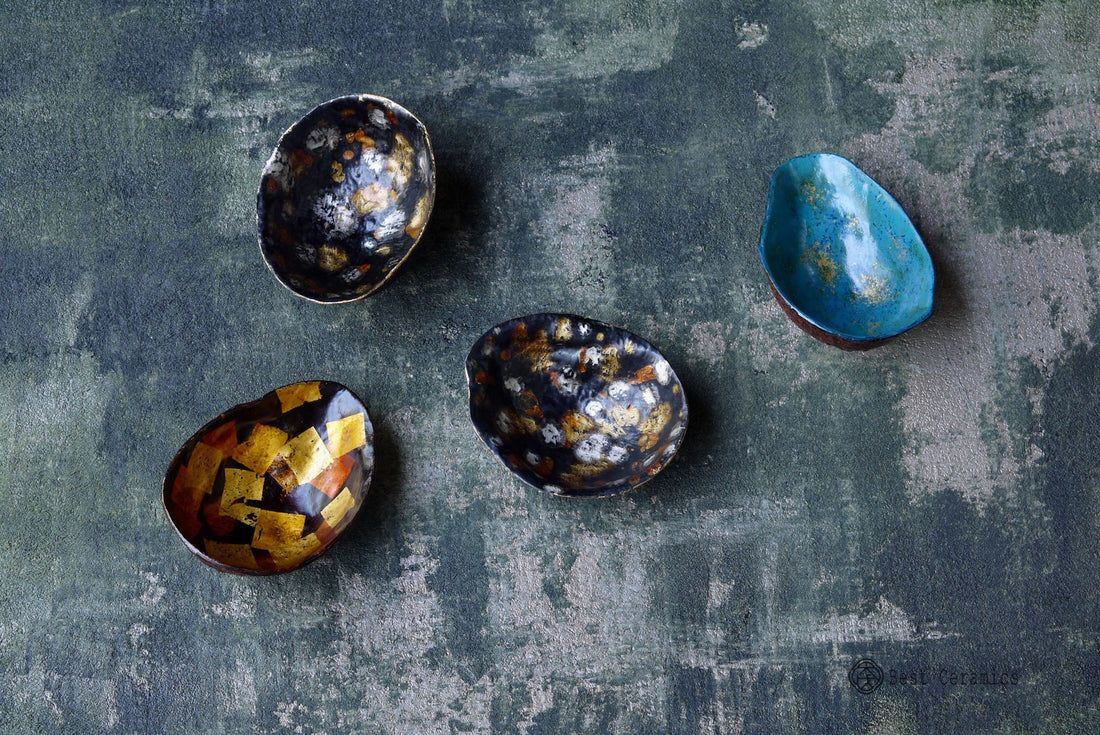
Turning Waste into Art: The Journey of Sustainable Creativity
YuanKevinShare
Over the past decade, my career revolved around selling IT equipment to clients. However, as the industry evolved, I found myself transitioning from providing new technology to helping clients responsibly dispose of their outdated IT assets. This shift wasn’t entirely new—it was simply the other side of the same coin, focusing on the end-of-life phase of the technology lifecycle. I entered the world of IT asset disposal, a sector dedicated to the ethical and sustainable handling of retired IT equipment. This process involves the careful recovery, dismantling, and environmentally friendly disposal of IT assets, ensuring that their impact on the planet is minimized. This line of work is known as ITAD (IT Asset Disposition), but more recently, it has also come to be recognized as a crucial component of ESG (Environmental, Social, and Governance) practices. ESG principles aim to guide companies in making responsible choices that benefit not just their bottom line, but also society and the environment as a whole.
Over these years, while my professional life was heavily engaged in the technical and operational aspects of ITAD and ESG (Environmental, Social, and Governance), my personal life was increasingly influenced by the philosophy of sustainability and renewal. I found myself drawn to the ancient Japanese art of Kintsugi, a practice that involves repairing broken pottery with lacquer mixed with powdered gold, silver, or platinum. Kintsugi is not just about fixing an object; it’s about embracing its history, imperfections, and the beauty that can be found in repair and transformation.
In addition to Kintsugi, I began experimenting with creating lacquerware from scratch, using techniques passed down through generations. My creations included items like tea trays, coasters, and other everyday objects that blend functionality with artistry. But I didn’t stop there. I started to see potential in everyday waste—items that would typically be discarded without a second thought. What if, instead of throwing them away, I could turn these objects into something beautiful and useful? What if art could be sustainable, reducing waste while adding value to our daily lives?
My first major project in this vein was transforming a discarded cardboard box into a functional piece of art. The box had originally been used to store tea sets, but after years of sitting unused, it seemed destined for the trash. I couldn’t bring myself to throw it away, yet I couldn’t find a reason to keep it either. Then, inspiration struck. Why not turn it into something entirely new—a small tea table, perhaps?

The process began with design. I envisioned a tea table that was simple yet elegant, something that could be used at home or taken on the go for outdoor tea sessions. Once I had the design in mind, I moved on to the physical transformation. The first step was to cut and shape the box into the desired form. Next, I used a traditional technique called mounting paper, which involves pasting layers of Xuan paper—a type of fine, soft paper used in Chinese calligraphy and painting—onto the surface of the box. The adhesive I used was a mixture of lacquer and rice paste, ensuring that the paper adhered securely and smoothly to the cardboard.

With the basic structure in place, I began the process of lacquering. I applied several layers of lacquer mixed with Tile Ash to reinforce the structure and prepare it for the final finish. Each layer of lacquer required careful application and a period of drying and polishing, ensuring that the surface was smooth and durable. The entire process took several weeks, but in the end, I had a small, Wabi-sabi-inspired tea table—an object that was not only beautiful but also functional, and most importantly, created from something that would have otherwise been thrown away.
Another project that stands out in my journey of sustainable creativity involved turning avocado skins into tea scoops. This idea came to me one morning as I was preparing breakfast for my children. I had just scooped out the flesh of an avocado, leaving behind a perfectly intact shell with a surprising level of firmness. Normally, I would have tossed it in the compost bin without a second thought, but this time, I paused. Could this humble avocado skin be repurposed into something more?
After my children left for school, I set to work. The first step was to clean the skins thoroughly and let them dry. This turned out to be more challenging than I had anticipated. Avocado skins are prone to deforming as they dry, and many of my early attempts ended in failure due to warping or mold. But I was determined. After much trial and error, I finally succeeded in preserving several skins in a way that retained their shape and integrity.

With the preparation complete, I moved on to the lacquer process. Just like with the cardboard box, I began by applying two layers of lacquer to seal the surface of the avocado skins. Once the initial layers had dried, I reinforced the structure by pasting three layers of Xuan paper onto the skins, followed by additional layers of Tile Ash and raw lacquer. Each layer required careful application, drying, and polishing, with the entire process taking nearly a month. But the results were worth the effort. The avocado skins had been transformed into sturdy, beautiful tea scoops, each one unique in shape and texture.
The internal surfaces of the scoops presented their own challenges. I experimented with different lacquering techniques, using varying amounts of lacquer and different methods of application to achieve the desired finish. Each coat had to be applied with precision, followed by a period of drying and polishing. The process was slow and meticulous, with each layer taking two to three days to complete. The final product, however, was a testament to the time and care invested. The tea scoops were not only functional but also works of art, each one reflecting the natural beauty of the original avocado skin.
Throughout this journey, I have come to appreciate the importance of patience and planning in the creative process. Working with natural materials like lacquer and avocado skins requires a deep understanding of their properties and how they will interact under different conditions. The drying time, temperature, and humidity can all affect the final outcome, so it’s crucial to plan each step carefully and be prepared for the unexpected. Sometimes, the best results come from embracing these surprises and incorporating them into the design.
In the end, perfection is not always the goal. In fact, some of my most cherished pieces are those that contain imperfections—whether it’s a small crack, an uneven surface, or a slight variation in color. These flaws add character and uniqueness to the piece, turning what might have been seen as a mistake into a defining feature. For example, one of my avocado scoops had a small tear in the skin that occurred when I was scooping out the flesh. Rather than discarding it, I decided to repair the tear using traditional Kintsugi techniques, adding a few gold-filled staples. The result was a piece that was not only functional but also visually striking, with the repaired tear adding a sense of history and resilience to the scoop.
Reflecting on my journey from ITAD and ESG (Environmental, Social, and Governance) to artistic sustainability, I find a deep connection between the two. Both involve taking something that is no longer useful in its current form and finding a way to give it new life. Whether it’s repurposing an old server or transforming an avocado skin into a tea scoop, the goal is the same: to reduce waste, minimize environmental impact, and create something of value.
I am grateful for the opportunity to contribute, even in a small way, to the global effort to reduce carbon emissions and promote sustainability. By turning everyday waste into art, I hope to inspire others to see the potential in the discarded and to find beauty in the unexpected. Whether it’s a tea table made from a cardboard box or a tea scoop crafted from an avocado skin, these pieces serve as a reminder that art can be both beautiful and meaningful—and that even the smallest efforts can make a difference in our world.

